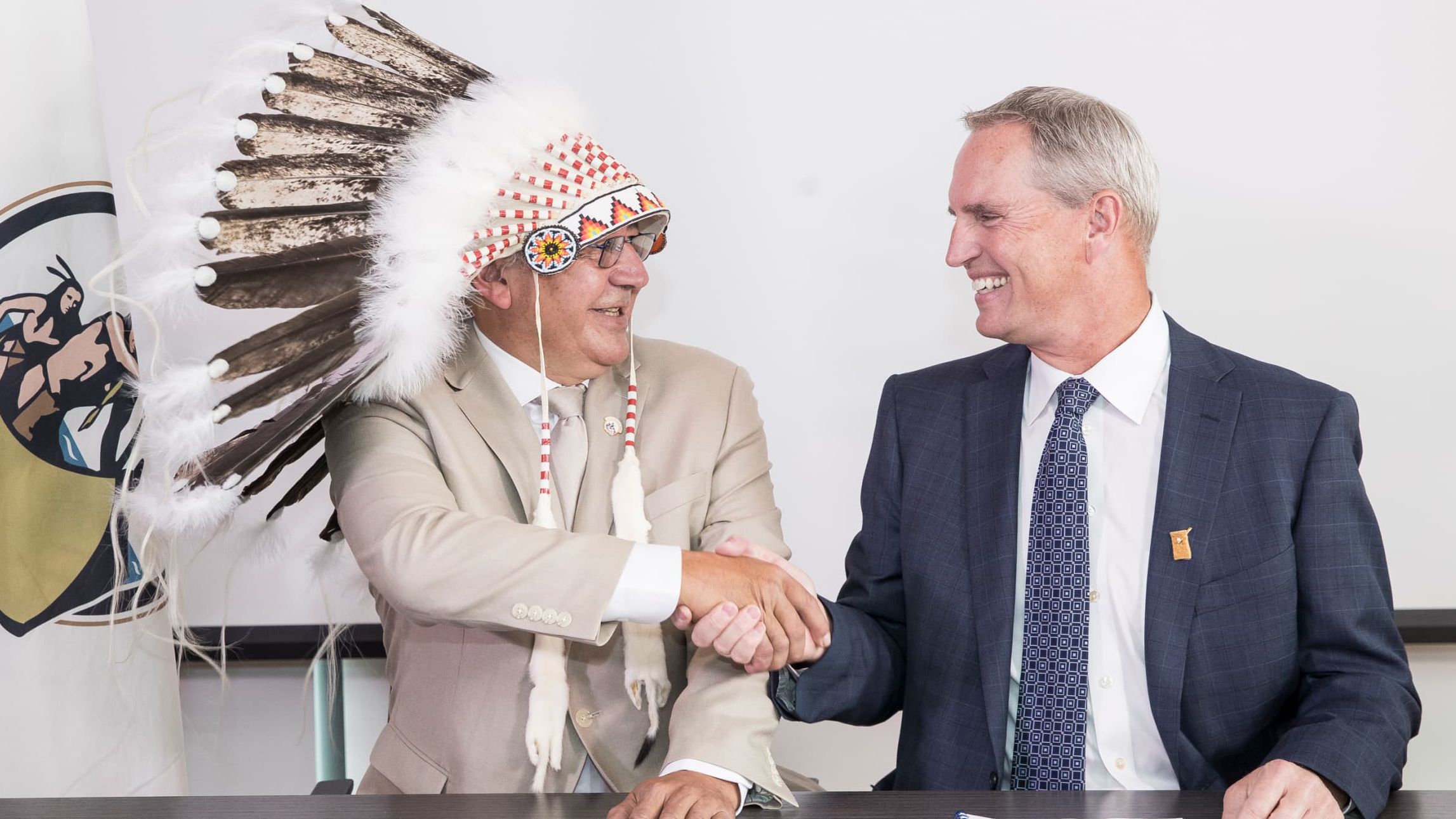
When it comes to Indigenous self-determination, equity partnerships are the wave of the future. For real Indigenous ownership of a project, they come closest to ideal. Indigenous groups are increasingly realizing that equity participation in energy projects is today’s “gold standard” in Indigenous economic reconciliation.
Ownership interests situate an Indigenous community closer to attaining self-sufficiency, which really is the holy grail of Indigenous politics. This allows an Indigenous community to determine its priorities autonomously and without government pulling the strings.
This level of participation ties First Nations to the profitability of a project over time and most importantly grants the Indigenous group more say over its future. Acquiring equity ownership is not just about money; it transforms an Indigenous group from passive recipient into an actively involved player in resource development.
“The time has come for First Nations to be active participants in the development of Canadian natural resources, to ensure we are not still living in poverty and despair a generation from now,” said Dale Swampy, a member of Samson Cree Nation and founder of the National Coalition of Chiefs.
As much as possible, First Nations and Ottawa need to promote ownership stakes in future energy projects. Of course, not all First Nation and Metis communities are ready for this level of participation so it should not be imposed on them. However, it should always be offered as an option.
If involvement in a resource project existed on a spectrum, equity partnership would represent one of the highest levels.
At present, the courts have recognized that the constitution requires that federal and provincial governments must consult and accommodate Indigenous communities when their rights are affected by projects.
Up until now, the standard approach has been for resource proponents to negotiate and enter into benefit agreements with Indigenous communities to supply and operate these projects.
This leads to agreements involving employment, training, and other benefits. These benefits are obviously welcome to communities, but Indigenous partners have started realizing that their involvement could be brought to a more substantial level.
Equity ownership provides potential in securing future prosperity. In fact, it could prepare Indigenous communities for eventually going it out on their own.
The Indigenous Resource Network is calling on the federal government to establish a national Indigenous guaranteed loan program to enable communities to take ownership positions in resource projects.
The evidence that ownership stakes in energy projects is the wave of the future can be gleaned by looking at how the energy sector has already transformed Indigenous communities for the better.
Look at Haisla Nation in British Columbia. The location of the First Nation allowed the community to strategically partner on LNG exports on the West Coast. The decision to acquire equity in the proposed Cedar LNG project could generate revenues for the community over its 40-year life.
Frog Lake First Nation in Alberta decided to seek ownership in the energy sector. Through partnership, its company Frog Lake Energy now produces well over 3,000 barrels of oil per day.
Canada’s oil and gas industry employs twice as many Indigenous people as the national average.
This has led to an explosion in Indigenous-led ventures and businesses, with high-paying, stable jobs, and more bread winners on reserve communities. Indigenous equity participation would only solidify these kinds of jobs and opportunities for the future.
The real issue is that opponents of equity partnerships – indeed even opponents of benefit agreements – do not offer anything better. They offer the status quo of dependency on government transfers and no meaningful economic development. This is what Indigenous communities want to get away from.
No one is under the illusion that equity partnership will make some Indigenous opposition to resource development disappear. Some Indigenous communities will always believe energy development is not good for their community. Look at mainstream non-Indigenous communities. Despite evidence to the contrary, some segments of the population will always oppose resource development in a knee-jerk manner.
But Indigenous communities in an equity ownership position will act as a “demonstration effect” to other First Nations showing how secure and resilient this form of participation can be for their community.
For some communities, own-source revenues have exceeded government transfers. Equity partnerships with energy companies could dramatically increase the number of First Nations with more own-source revenue sources, perhaps tipping many towards self-sufficiency.
In the end, these decisions should be left to Indigenous communities. But Ottawa must facilitate the opportunity.
Joseph Quesnel is a Nova Scotia-based consultant with the Canadian Energy Centre who is Quebec Metis by heritage.
The unaltered reproduction of this content is free of charge with attribution to Canadian Energy Centre Ltd.